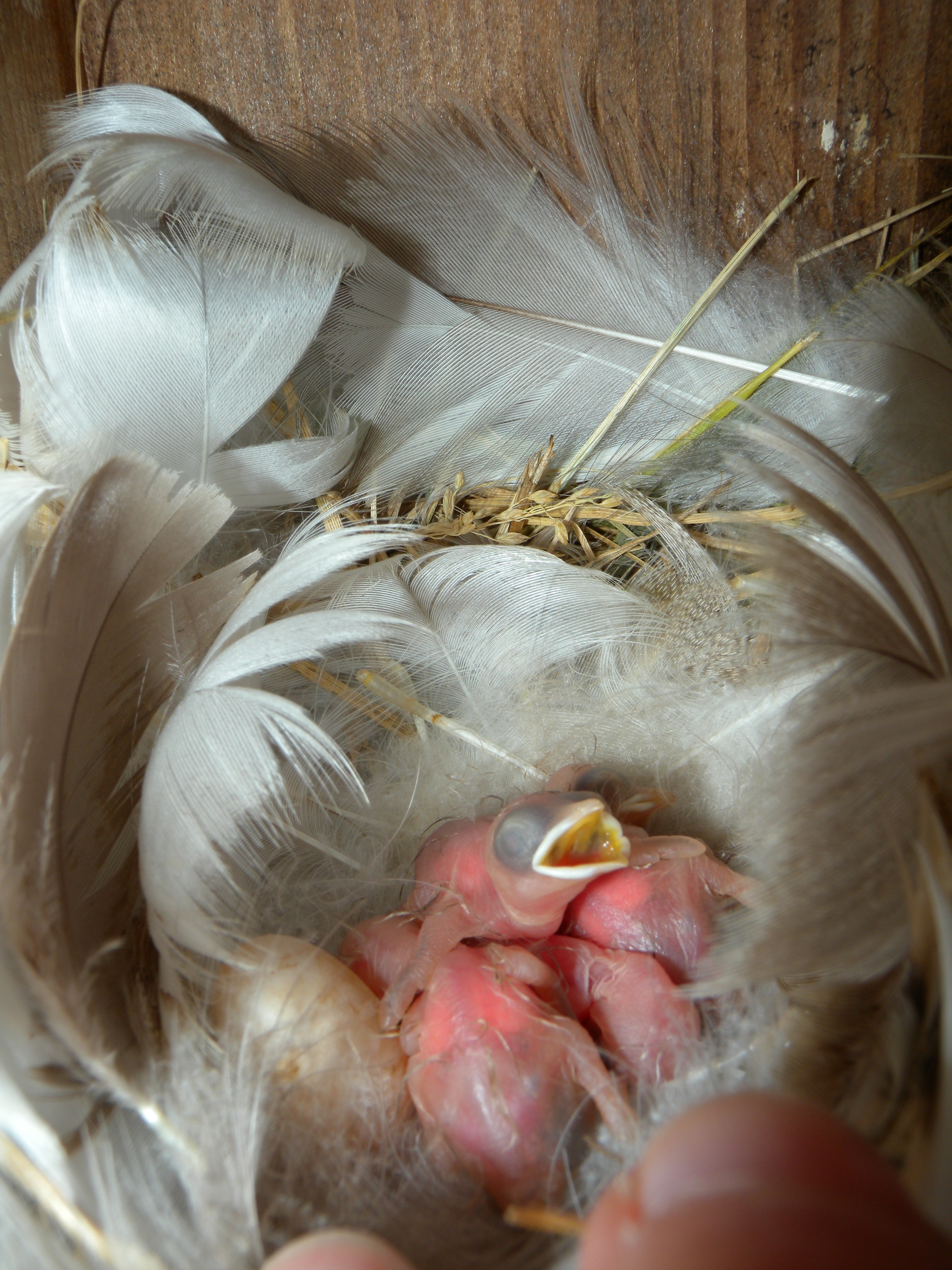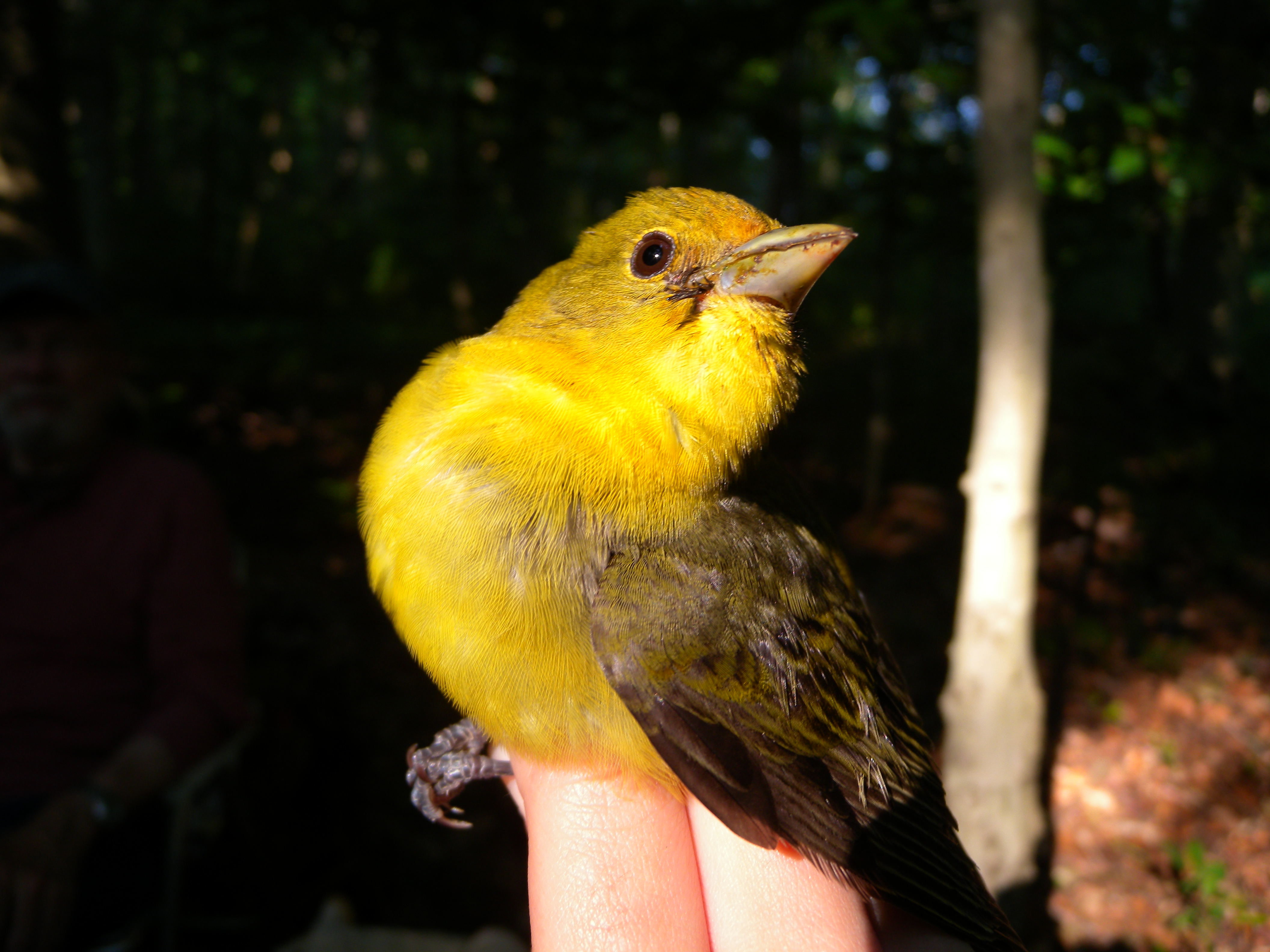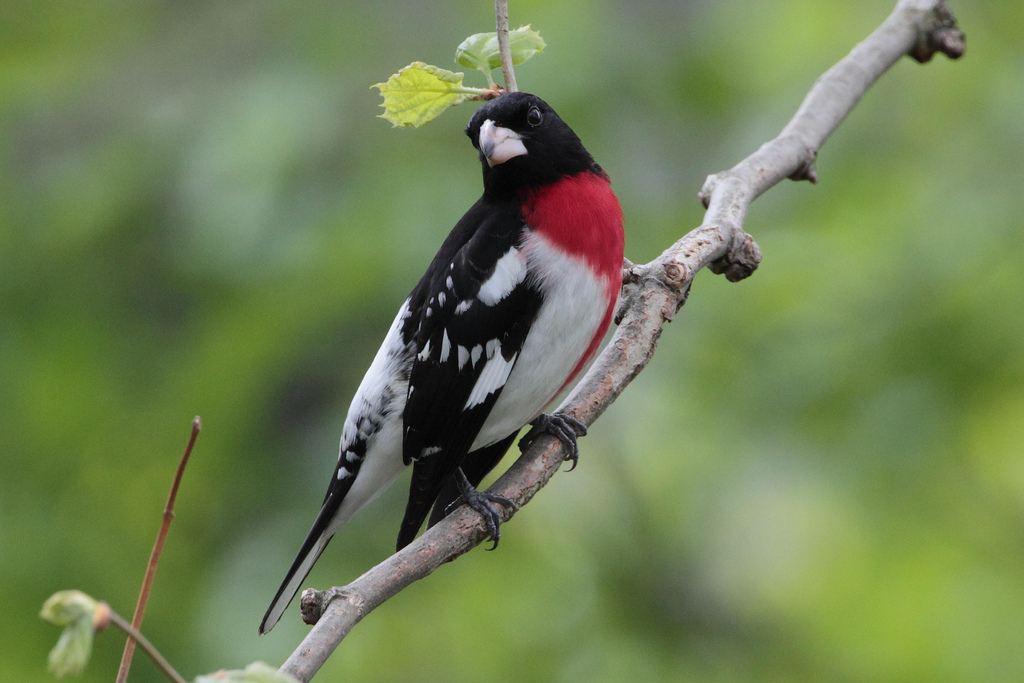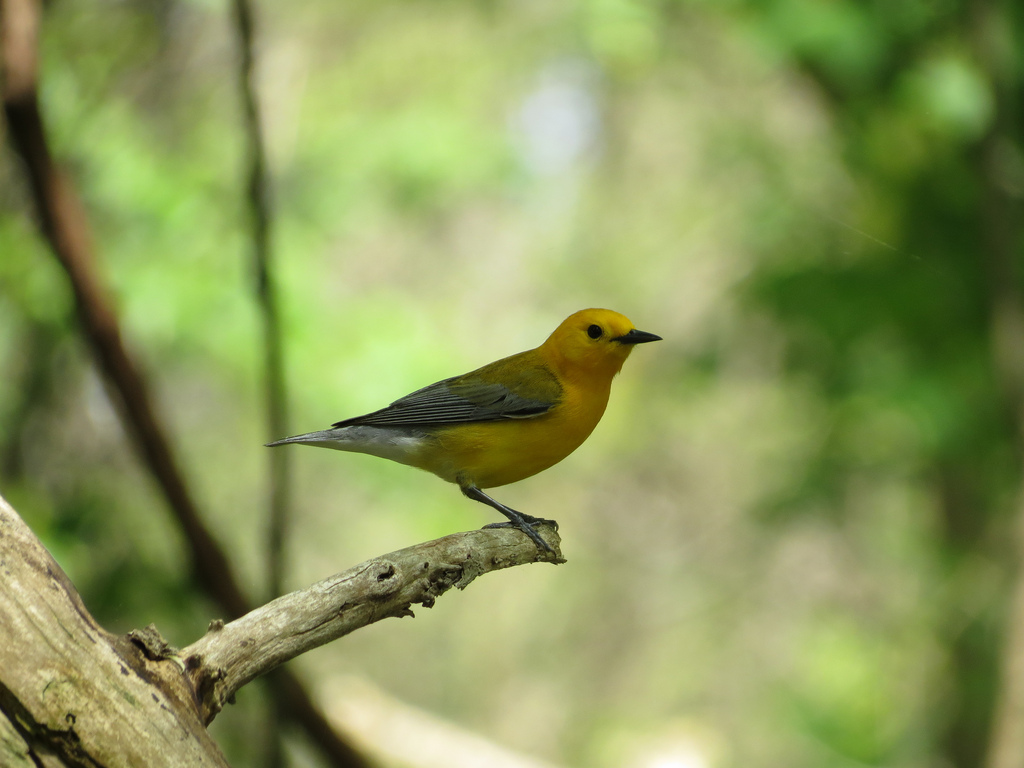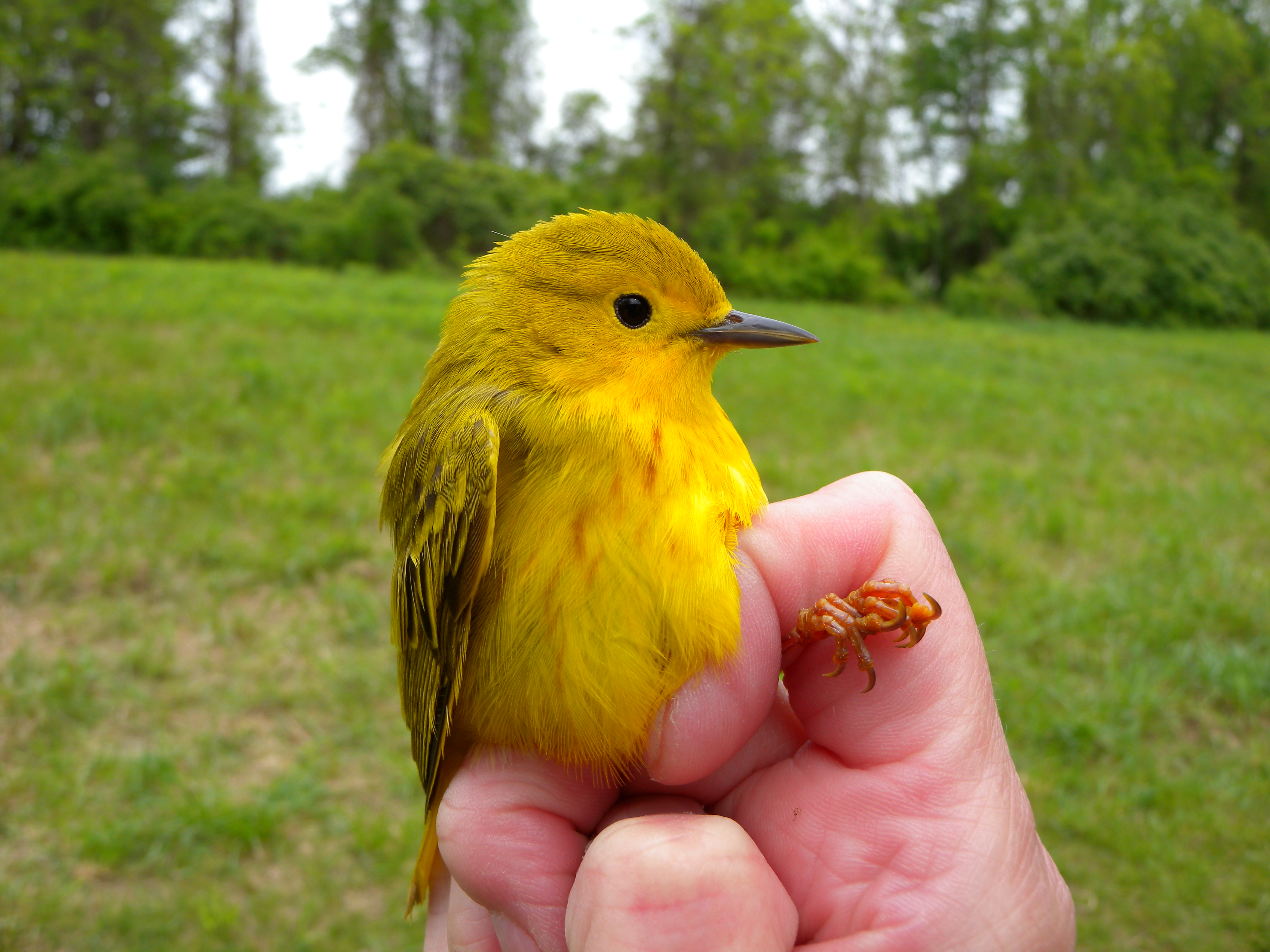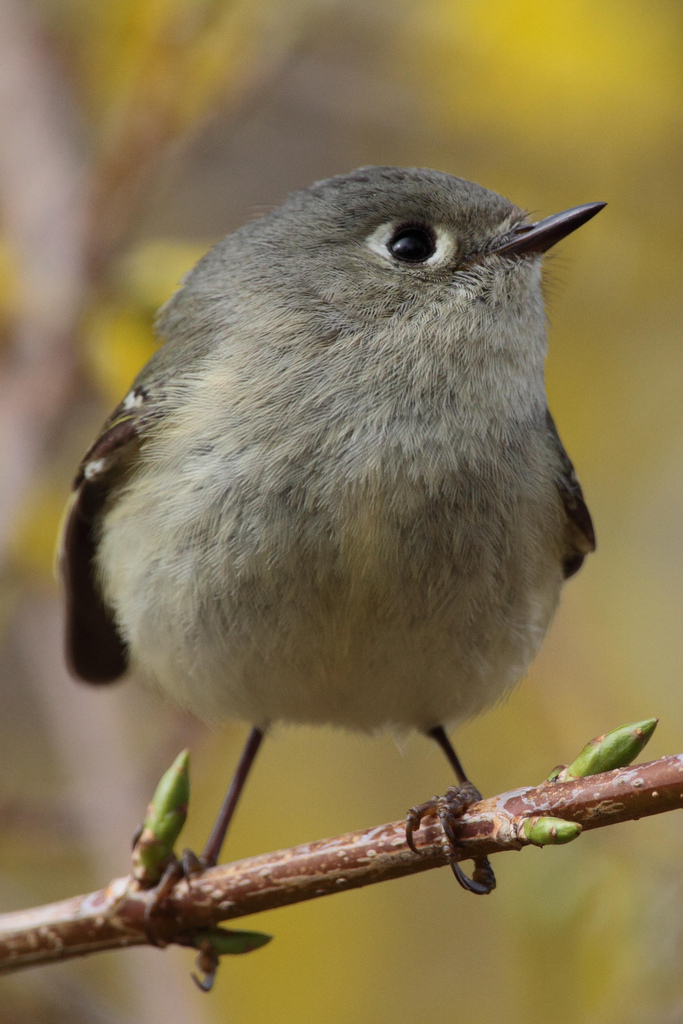
Well it has been a stupendous fall with the catch totaling about 1500 birds of almost 60 species when it’s all said and done at the close of this week.
Tomorrow (Nov 5) and Thursday the 7th are our last songbird banding days of this year, so if you or your kids have off tomorrow for election day or inservice, come on by the banding station for a nature experience you won’t forget! We will be out there in the hedgerows of Rushton Farm from 5:45 am until about 11am. Stop by any time.
We are still catching White-throated Sparrows, Dark-eyed Juncos, Fox Sparrows, Ruby Crowned Kinglets and more. The full report for this fall banding season is coming in the next blog post.
There’s a lot going on in the woods,
Blake




















